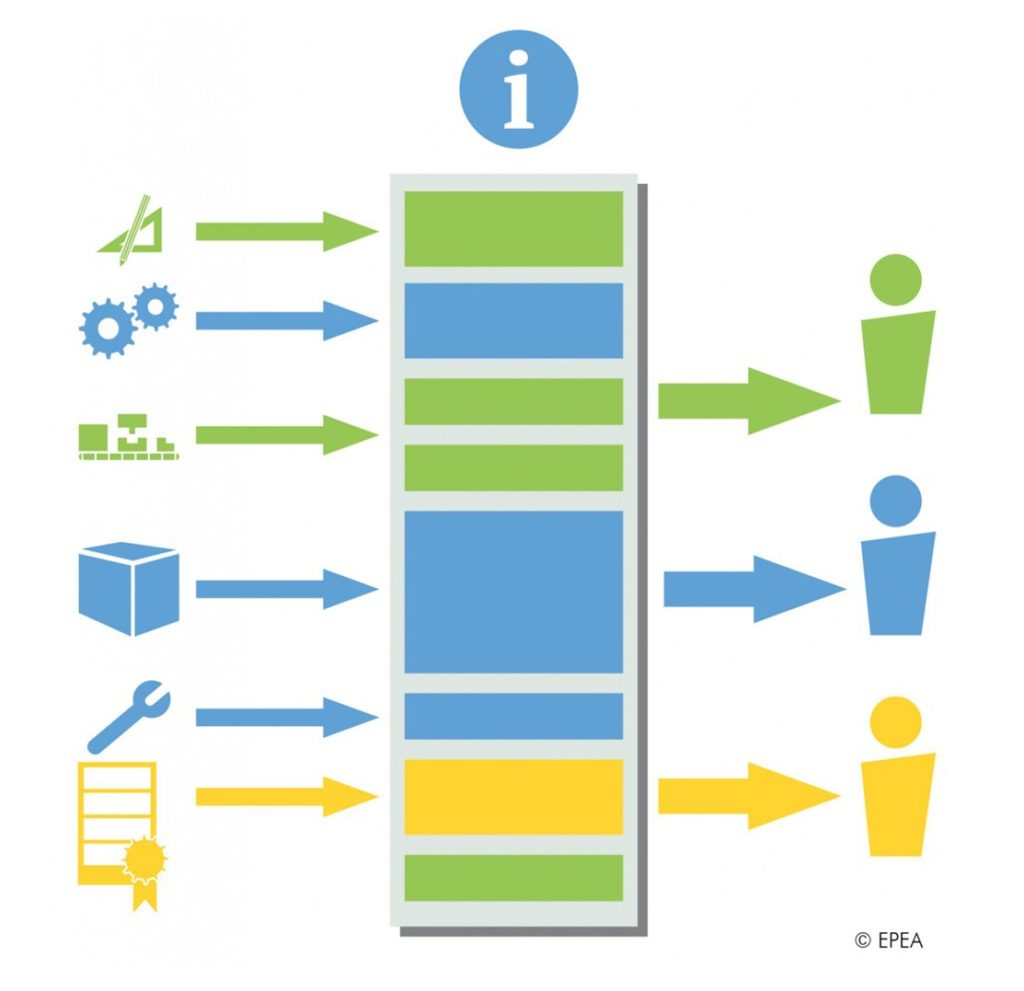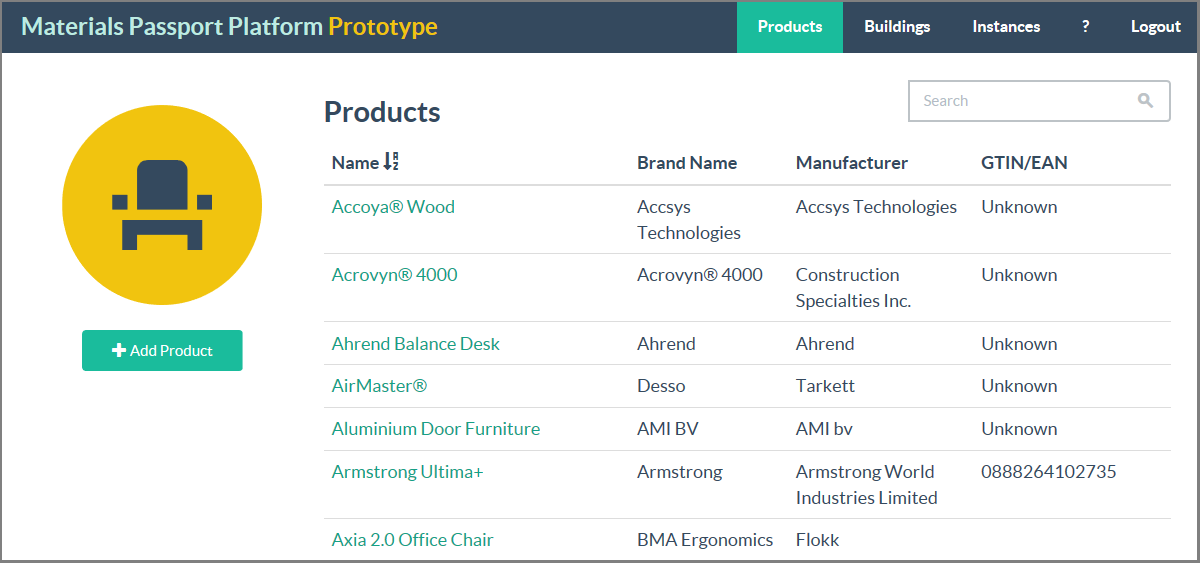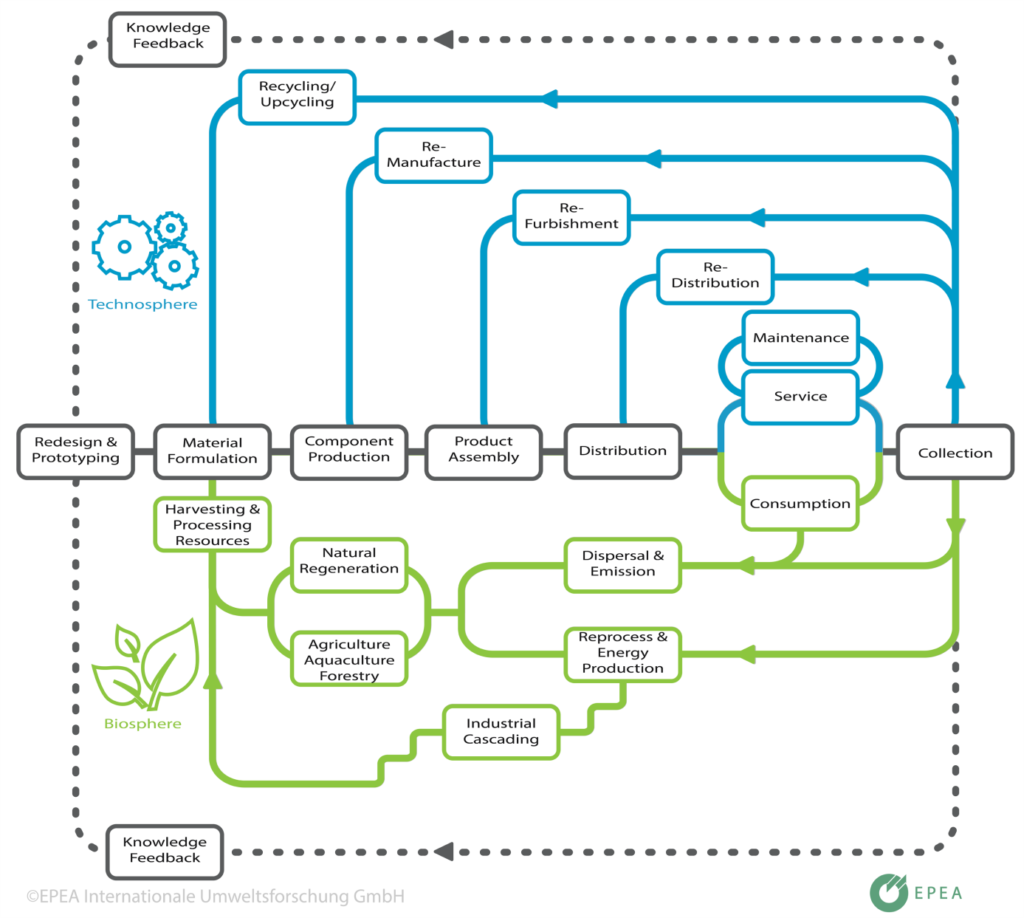Materials passports
Background
The mission of BAMB is to enable the shift to a circular building sector. Effective recovery and reuse of components, products or materials in buildings requires that the right information is easily accessible. This information is also crucial for choosing materials, products and components that later can be re-used.
Materials Passports
The electronic Materials Passports developed in BAMB aim to be a one stop shop for material information. Materials Passports developed in BAMB are sets of data describing defined characteristics of materials in products that give them value for recovery and reuse.
BAMB Materials Passports aim to:
- Increase the value or keep the value of materials, products and components over time
- Create incentives for suppliers to produce healthy, sustainable and circular materials/building products
- Support materials choices in Reversible Building Design projects
- Make it easier for developers, managers and renovators to choose healthy, sustainable and circular building materials
- Facilitate reversed logistics and take back of products, materials and components
Read the Publication “Materials Passports – Best Practies (pdf 56 MB)

More than 300 MATERIALS PASSPORTS WITHIN THE PROJECT

The BAMB Materials Passports platform will fill a gap in the marketplace by providing a ‘one-stop-shop’ to describe Circular Economy value across the building cycle, especially for using and re-using components and materials, and reducing generation of waste.
A main aim is to support transition of the building industry from linear to circular by letting users identify value potential throughout the building cycle, from planning and construction through occupancy, repairs, renovations, repurposing and decommissioning, and by providing a continuous capacity to track component and materials quality & modifications.
The platform also connects individual products to their use in buildings. As part of that it includes a capacity to describe materials health. A large body of studies suggests that healthier buildings improve productivity and are one of the main economic benefits of knowing what’s in your building.
Are you are manufacturer and interested in working with Materials Passports for your products?
Set up a (free) account for the Materials Passports Platform Prototype by sending an email to materialspassports@bamb2020.eu providing the name of the manufacturer you represent. After receiving an account simply log in, click “Add Product” and join the pioneers on product level Materials Passports.
Do you just want to have a look on the platform?
That is also possible. Please send an email to materialspassports@bamb2020.eu requesting a read-only account. For this only an email address is required. It is also possible to log in with a general account; User: Guest pass: bambplatform .
Support
If you have an account, but need some support getting started please look at the growing help section by clicking the question mark in the top right after signing in, or contact us through materialspassports@bamb2020.eu with your question and we’ll get back to you asap!
Webpage Materials Passports Platform Prototype
Hope to see you on the platform soon!
Standardization and existing tools
There are several existing standards and tools with thematic relations to Materials Passports. Passports have the potential to incorporate existing standards and tools and to incorporate others which are generally not answered by the existing mechanisms. Materials Passports developed in BAMB have the potential to incorporate existing mechanisms such as TDS, MSDS, EPD, Bill of Materials, Bill of Substances, etc where relevant as support for circularity claims.
This avoids reproducing data and reinventing the wheel, which are key concerns of product manufacturers and their suppliers, who will play an important part in populating passports.
Transparency and secrecy
Two topics of high importance for the development of Materials Passports are those of transparency and secrecy. Information stored for Materials Passports should have a purpose. That means that is should be accessible by those parties capable of connecting it to an action. Having information stored which cannot be accessed due to secrecy is not beneficial for this.
Having information stored which cannot be accessed due to secrecy is not beneficial for this.
 Image: Material flows in technospehere and biosphere
Image: Material flows in technospehere and biosphere
